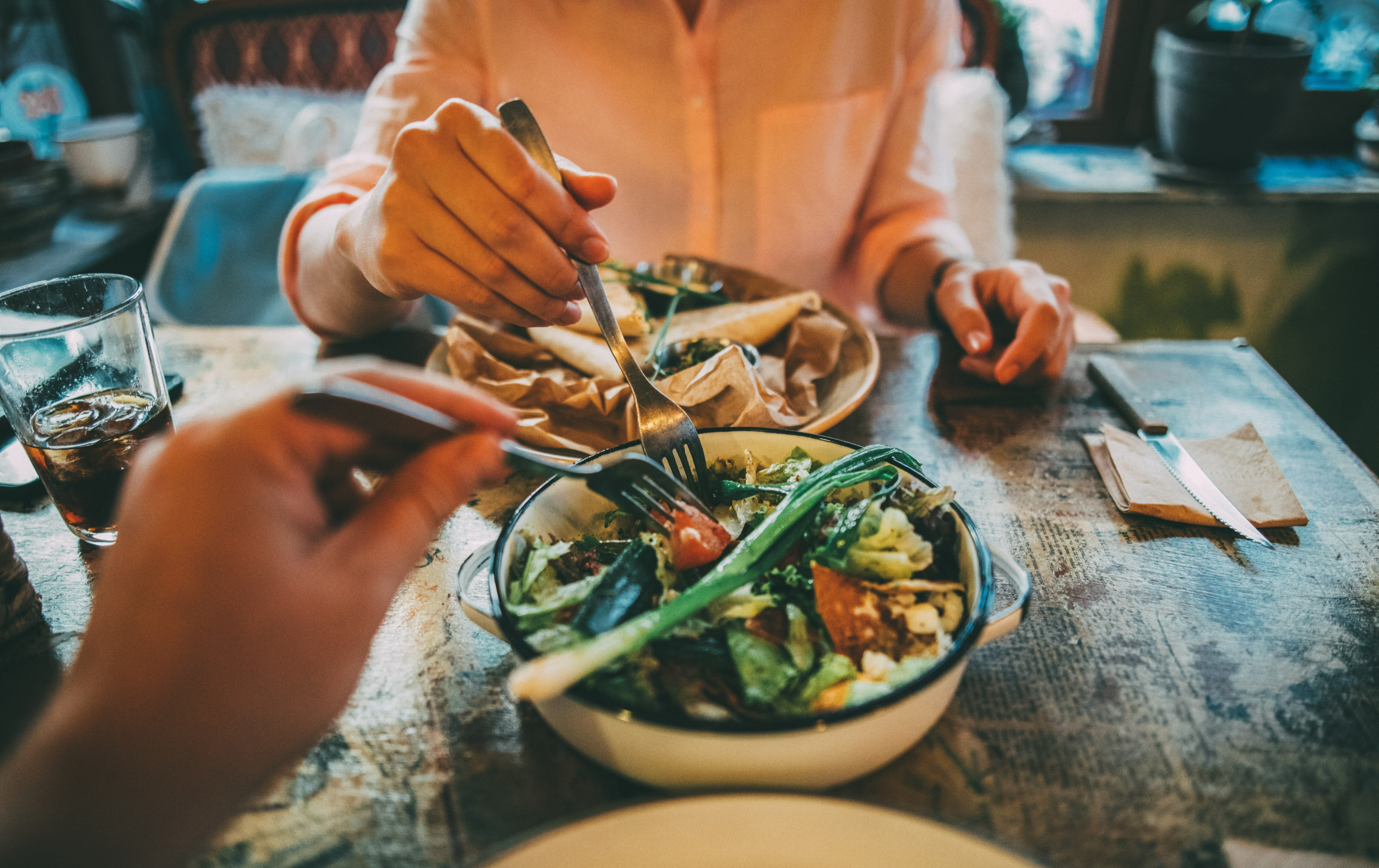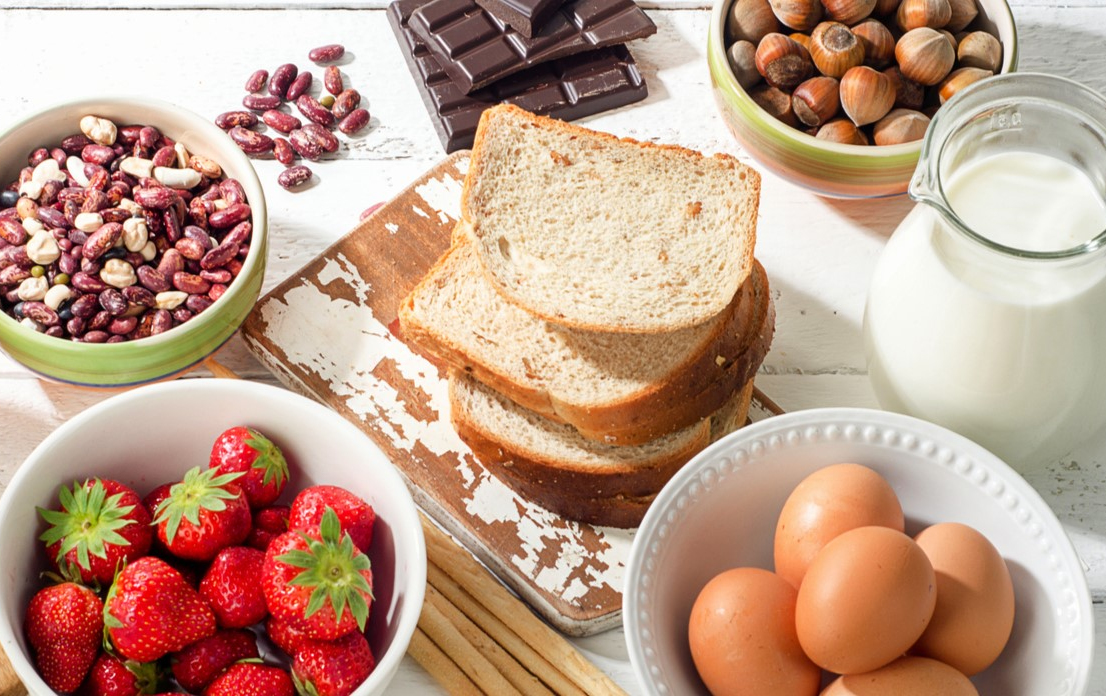New regulations for Calorie Labelling came into force on 6th April 2022 requiring certain food businesses with more than 250 employees – full or part-time – to provide calorie information for the foods and drinks they serve.
The legislation is designed to help the public to make healthier choices, with clear calorie labelling available on foods served in qualifying businesses from pubs and cafes, to coffee bars and takeaways to hotels and home delivery services.
The changes are significant for the hospitality industry in England, so our team of experts at Food Alert have answered the frequently asked questions from operators as they prepare to comply with the new law.
Here are some of the most frequently asked questions on calorie labelling:
1. How should I display calorie information in line with legislation requirements?
The basic calorie information that businesses must display is:
- The energy content of the food in kilocalories (kcal)
- Reference the size of the portion to which the calorie information relates
- Display the statement that ‘adults need around 2000 kcal a day’
Calorie Labelling, the reference to portion size, and the statement of daily calorie needs must be displayed clearly and prominently at the ‘point of choice’ for the customer; this is considered as any place where customers choose what food to buy.
For businesses where consumers may choose their food in several locations, such as a menu on the premises, a display case on the premises, and an online menu, businesses are required to provide calorie information at each point of choice.
There are two principal types of ‘point of choice’ a business should consider, and labelling requirements vary accordingly.
They are:
- Food chosen from a menu (such as paper menus, menu boards, electronic menus, online and third-party delivery app menus)
- Food chosen from items on display (such as display cases, shelves, and buffets)
The statement ‘adults need around 2000 kcal a day’ must be displayed on every page of the menu but is not required on children’s menu’s.
2. The law is only applicable for businesses with 250+ employees; how do I know if my business falls within those parameters?
This has been a frequently asked question by our clients, who, for example, are either operating a café within a larger store or are part of a franchise.
Firstly what is an employee? The definition of an employee in the Regulations is someone who has a contract for full-time or part-time employment. Part-time employees should therefore be included as part of the headcount.
- Mass catering such as hospitals, care homes, and workplace canteens providing food for employees: In recognition of the possibility that some organisations may have small in-house catering operations compared to the overall size of their businesses, the regulations will exempt certain institutions except where their catering services are provided by another large business (with 250 or more employees).
- Educational institutions: Calorie labelling is not required in educational institutions for those over 18 years old when food is provided ‘in-house’. However, where the food is provided by another organisation with 250 or more employees (such as a contract caterer), calorie information must be displayed. Food served at schools and colleges for those under 18 will also be exempt from the proposals.
- Retail / leisure outlet café / restaurant: You have to comply with calorie labelling if the entire number of employees is more than 250 – not just the catering-related front and back of house staff
- Franchise operations: You have to comply with calorie labelling if the sum of employees operating under the franchise are over 250 and you are part of a branded chain and the business model of your operation including common food offer is dictated by the franchisor
NB: Casual and agency staff who do not work for you directly are not included in the total number. However, temporary staff that you employ directly would be included in the total.
3. Must I provide calorie information on children’s menus?
Yes, just like menus for adults, calorie labelling on children’s menus is required. However, the statement ‘adults need around 2000 kcal a day’ should not be put on children’s menu’s as their calorie requirements differ to adults.
4. Do special occasion menus, such as Valentine’s, Mother’s Day and Christmas, require calorie information?
Temporary items that are on the menu for less than 30 days (‘specials’) in a year will be exempt from the requirement;, therefore special occasion menus will be exempt from requiring calorie information as long as the dishes are on the menu for less than 30 days per year.
5. Are there any tech solutions available to help me manage calorie labelling?
We appreciate that complying with the new Calorie Labelling legislation can be a daunting and time consuming task, so it’s good to know that Food Alert has this covered. We have access to laboratory testing facilities for accurate calorie analysis, and our integrated Assure65 software includes a calorie management system as well as PPDS label printing solution designed to provide real-time food information at all your points of sale. You can create menu cycles, menus and recipes in one place and instantly update your allergen and nutritional data – reducing time, errors, and cost, whilst complying with your legal obligations. This solution integrates with our PPDS label printing solution for food prepacked for direct sale and takeaway products, offering a total solution.
Here are some additional sources of information about Calorie Labelling:
Pop your details in the form below to access your download
If you are still feeling overwhelmed by the prospect of meeting the deadline for the new Calorie Labelling legislation on 6th April 2022, we always have an expert available to offer support or answer any specific questions. To speak to a member of our team, simply give us a call on 020 7244 1900 or get in touch with us online and we’ll call you back at a time that suits you.



